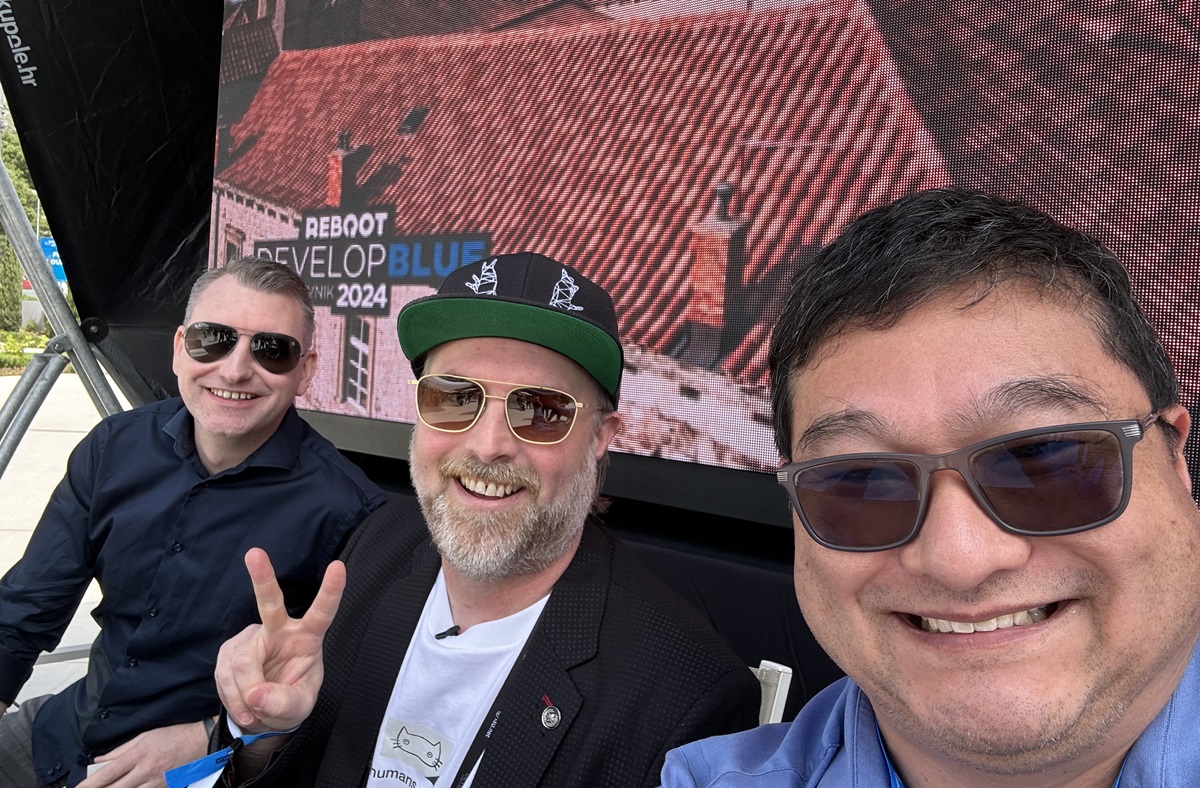I had the joy of heading to Dubrovnik, Croatia, this week for the Reboot Develop Blue event. It’s one of the most beautiful places on the planet, and I was able to moderate a panel poolside just a short distance from the sparkling Adriatic Sea.
My panel was about creativity at big and small companies and it featured Patrice Desilets, CEO and creative director of Panache Digital Games. He was the first employee at Ubisoft Montreal and was one of the pioneering creators behind titles like Prince of Persia: Sands of Time and Assassin’s Creed. He has lately been working on a new game and previously made Ancestors: The Humankind Odyssey.

Unlock premium content and VIP community perks with GB M A X!
Join now to enjoy our free and premium membership perks.
![]()

![]()